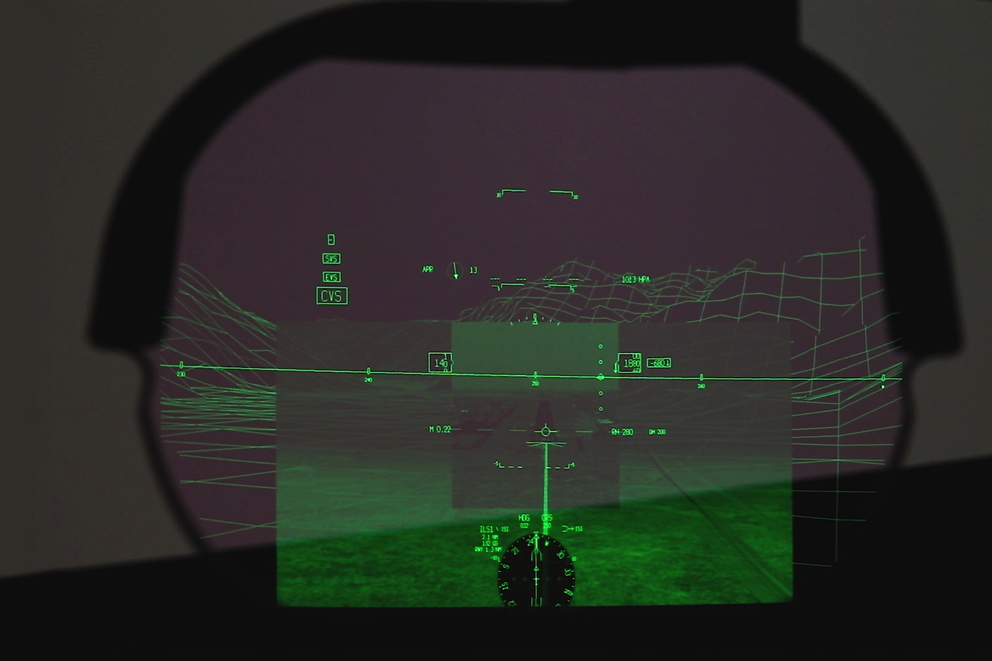|
Saab and Vū Systems have unveiled a Next
Generation Enhanced Flight Vision System (EFVS) solution that uses
new passive millimetre wave (PMMW) technology that enables pilots
to see and land in low-visibility conditions at all times.
�The new system offers unmatched operational and
safety advantages,� said Jan Widerstr�m, head of business
unit Avionics Systems, within Saab business area IPS. �Being able to take-off and land in low to
zero-visibility environments radically reduces costs, increases
safety and reduces environmental impact. This benefits pilots,
operators and society as a whole. We are proud to be working
together with Vū Systems to make this significant innovation
commercially available.�

Every year, commercial aviation all over the
world incurs massive financial losses as a result of delays and
cancellations due to low visibility weather.
To provide a solution to the impact of weather
on U.S. flight operations, new FAA regulations (14 CFR 91.176) now
permit landing without natural vision. The new regulations are
performance based, meaning the performance of the EFVS sensor is
critical to the operational value. The performance of the current
EFVS sensors are limited by the atmospheric attenuation in the
infrared band.
The Saab Vū EFVS solution is not affected by
weather, enabling pilots to achieve Equivalent Visual Operations
(EVO) and see runways at distances of two miles and more in
zero-visibility conditions.
�This strategic arrangement with Saab means we
can supply this revolutionary technology through a qualified
supply chain to larger commercial customers, benefiting the
aviation industry globally, by enabling them to take off and land
when their competitors cannot,� said Stedman Stevens, CEO at Vū
Systems.
|
Headlines: |
|
See latest
Travel News,
Interviews,
Podcasts
and other
news regarding:
Saab,
Vision,
HUD,
EFVS.
|

